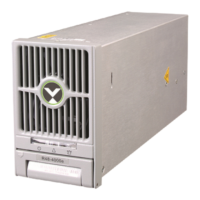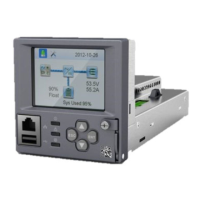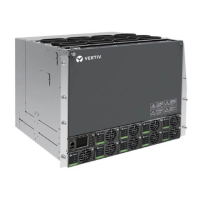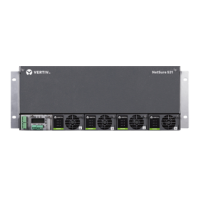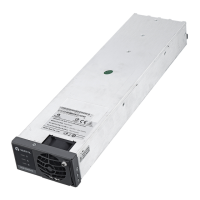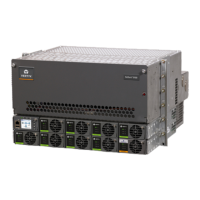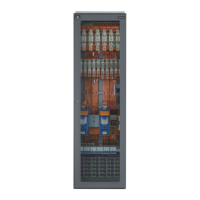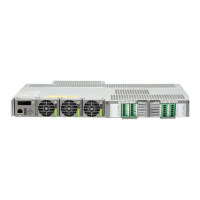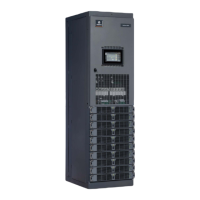NetSure
™
Control Unit (NCU)
User Manual, UM1M830BNA
Spec. No: 1M830BNA, 1M830DNA Code: UM1M830BNA
Model No: M830B, M830D Revision M, May 12, 2017
Accessing the NCU via TL1
Accessing the TL1 Port
PORT CONNECTION
Connection to the TL1 interface is made through the NCU’s Ethernet port by establishing a telnet session (not SSH) to the
Ethernet port number specified by the NCU’s “TL1 Ethernet Access Port”setting. The TL1 port is the Ethernet port located on
the front of the NCU, unless the system contains an IB4 board; then the TL1 port is the Ethernet port located on the IB4 board.
The telnet connection through the Ethernet port must always be established by the remote User. The NCU does not initiate a
telnet session under any circumstances.
To access the TL1 interface the User must log on using the ‘ACT-USER’ command detailed under “ACTIVATE-USER
(ACT-USER)” starting on page 197 or an auto-login User must be configured (see “TL1 Protocol” on 176). No response other
than the prompt will be given for any input received prior to a valid User session being established.
Only one telnet connection through the port assigned for the TL1 interface is allowed at any time.
The telnet connection is disabled when the TL1 interface is not selected by the customer. The telnet connection is considered
disabled when all telnet ports indicate closed during a network scan of the Ethernet connection.
TL1 PORT CONNECTION KEEP-ALIVE FEATURE
The NCU provides an optional ‘Keep-alive’ feature. This feature ensures that the TCP connection to the remote client is maintained if
desired by the User. Below are the requirements for this feature.
Signal is a TCP ‘keep-alive’ signal and can be enabled or disabled.
A keep-alive probe packets are sent at five second intervals. A maximum of four probe packets are sent.
TL1 User Session
ESTABLISHING A SESSION
The User must log on using the ‘ACT-USER’ command.
Only one User session is supported at a time.
If a second User attempts a valid logon when a User has already established a valid session, the second User becomes the User
that is logged on.
If a second User attempts a logon that fails, the User session is closed for the User that was previously logged on. A new User
session must then be established if necessary. The telnet connection remains open and autonomous messages will still be sent.
Once a valid TL1 port User session is established, valid request messages will be accepted.
TL1 AUTONOMOUS MESSAGES
Autonomous TL1 messages are outputted through the TL1 port whenever one is pending and there is a valid port connection.
If the TL1 port connection is not present, then the data is maintained and outputted when a port connection becomes present.
TL1 Port Configuration
Refer to “TL1 Protocol” on page 176.
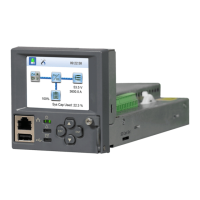
